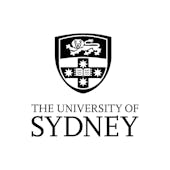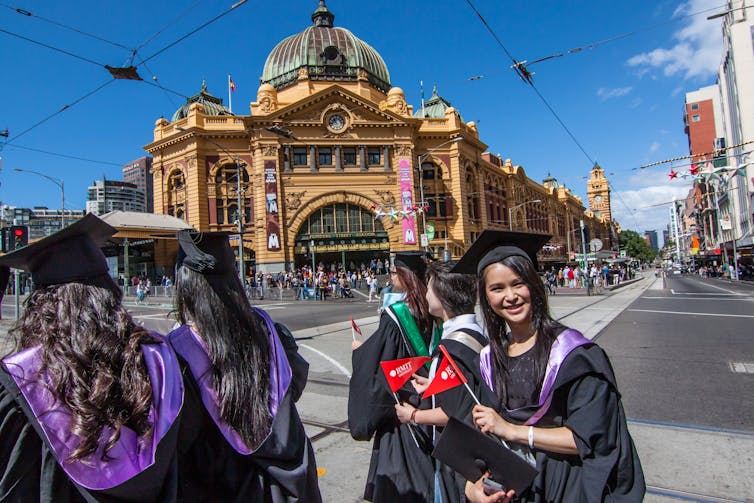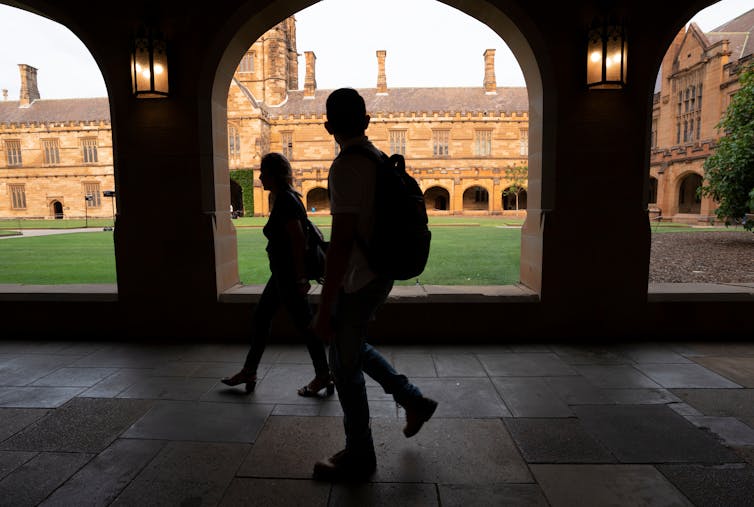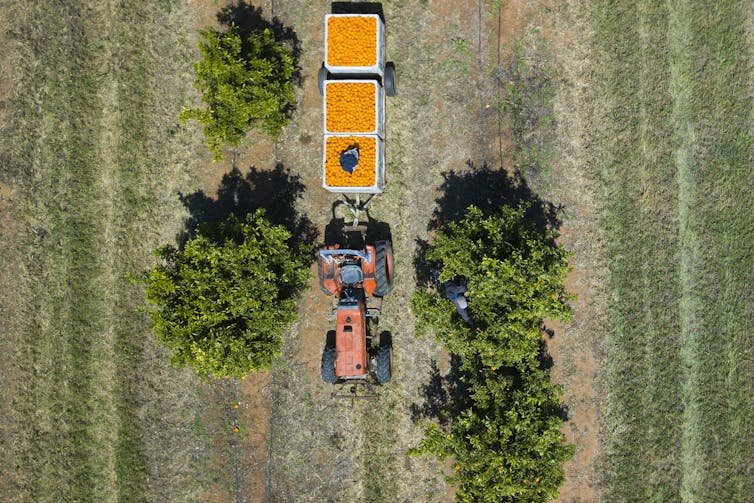Indranee Rajah: About 31,700 given Singapore PR status each year over the past 5 years

© The Independent Singapore
Singapore — About 31,700 people were given Singapore Permanent Resident status each year over the past five years, according to Minister in the Prime Minister’s Office Indranee Rajah in Parliament on Wednesday (Oct 14).
Ms Rajah, who oversees the National Population and Talent Division, added that their number has remained stable. Her comments came in response to questions from People’s Action Party (PAP) Members of Parliament Liang Eng Hwa (Bukit Panjang) and Poh Li San (Sembawang GRC).
According to a report in straitstimes.com, she said there have been 22,100 new citizens every year on average over the same period, including about 1,600 children born overseas yearly to Singaporean parents.
The minister pointed out that the country’s resident total fertility rate (TFR) remains below the replacement rate of 2.1 — the level at which a population replaces itself. Since 2018, its TFR has been a constant at 1.14.
Ms Rajah reiterated that the country does not have a population target or seek to achieve any particular population size. This had been the subject of much discussion during the General Election this year. She confirmed that the Government’s outlook from 2018 that the total population size is likely to be significantly below 6.9 million by 2030 “remains valid today”.
As for citizenship and PR status, she said these are offered selectively to applicants who are committed to making Singapore their home and who can integrate and contribute to the country.
“New citizens either share family ties with Singaporeans or have studied, worked or lived here for some time. They are drawn from the pool of qualified PRs who eventually make a serious commitment to take on citizenship,” she added. /TISG

© The Independent Singapore
Singapore — About 31,700 people were given Singapore Permanent Resident status each year over the past five years, according to Minister in the Prime Minister’s Office Indranee Rajah in Parliament on Wednesday (Oct 14).
Ms Rajah, who oversees the National Population and Talent Division, added that their number has remained stable. Her comments came in response to questions from People’s Action Party (PAP) Members of Parliament Liang Eng Hwa (Bukit Panjang) and Poh Li San (Sembawang GRC).
According to a report in straitstimes.com, she said there have been 22,100 new citizens every year on average over the same period, including about 1,600 children born overseas yearly to Singaporean parents.
The minister pointed out that the country’s resident total fertility rate (TFR) remains below the replacement rate of 2.1 — the level at which a population replaces itself. Since 2018, its TFR has been a constant at 1.14.
Ms Rajah reiterated that the country does not have a population target or seek to achieve any particular population size. This had been the subject of much discussion during the General Election this year. She confirmed that the Government’s outlook from 2018 that the total population size is likely to be significantly below 6.9 million by 2030 “remains valid today”.
As for citizenship and PR status, she said these are offered selectively to applicants who are committed to making Singapore their home and who can integrate and contribute to the country.
“New citizens either share family ties with Singaporeans or have studied, worked or lived here for some time. They are drawn from the pool of qualified PRs who eventually make a serious commitment to take on citizenship,” she added. /TISG


 May I politely request that you educate me (and us) what the "big picture" is? Thanks.
May I politely request that you educate me (and us) what the "big picture" is? Thanks.



